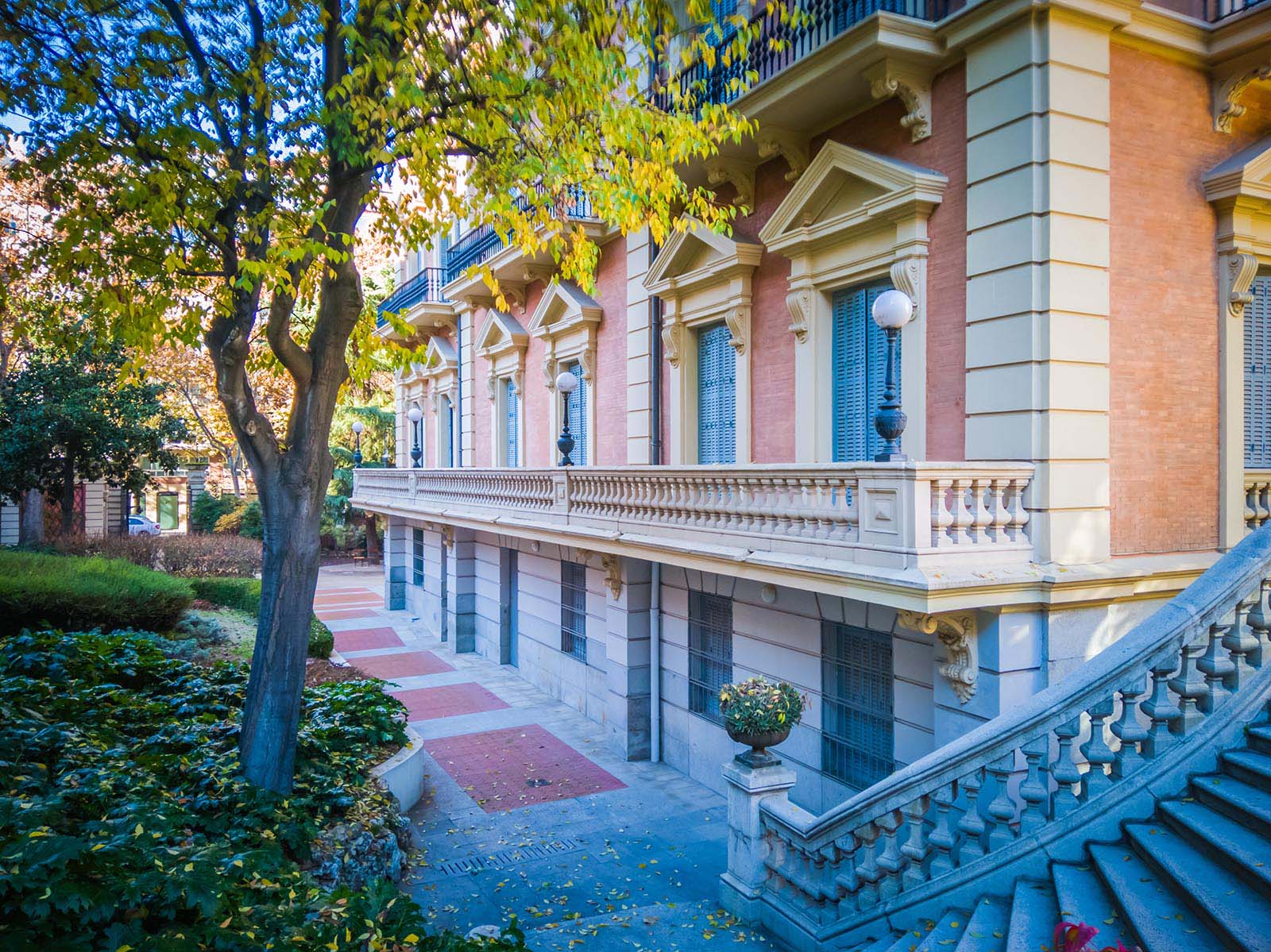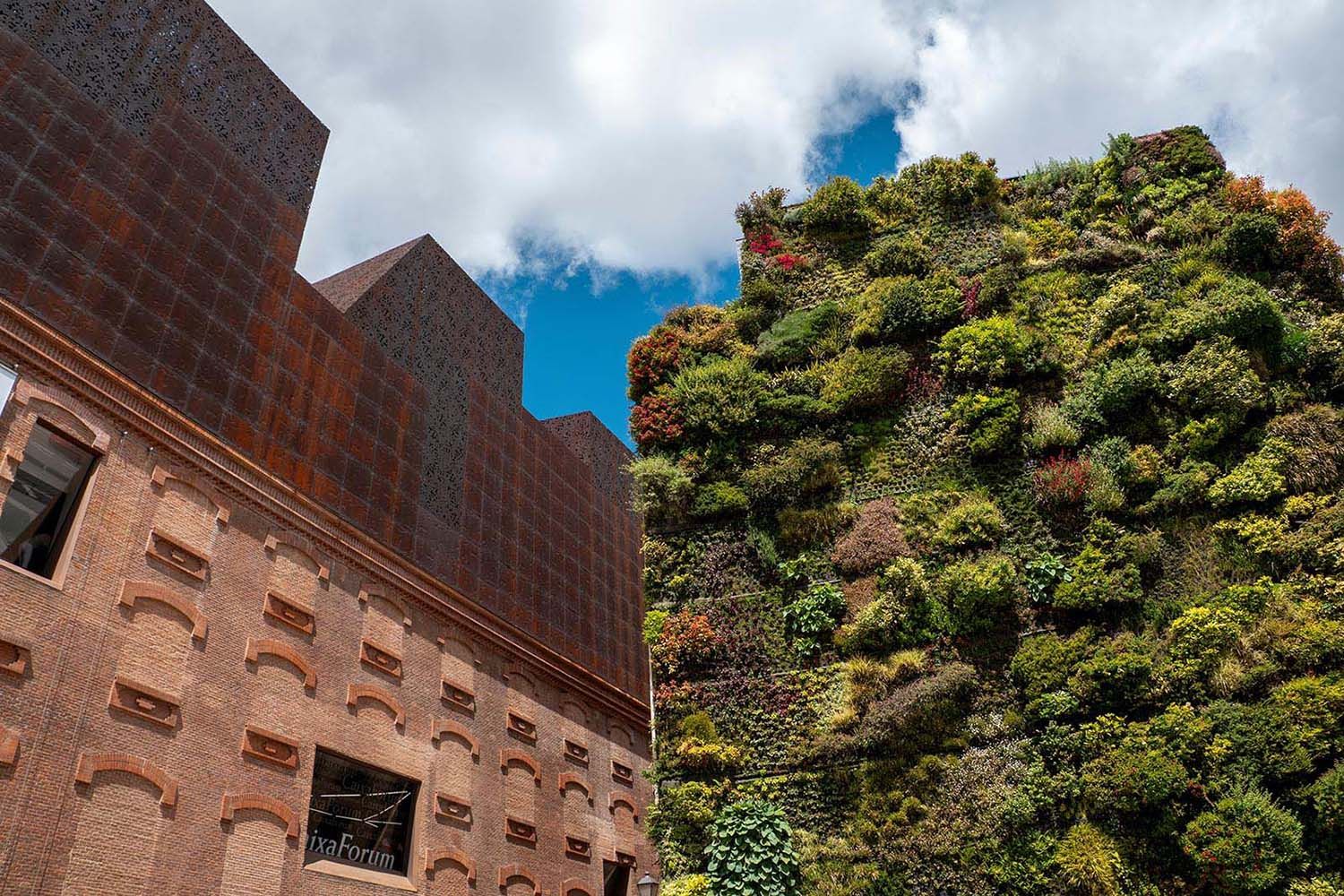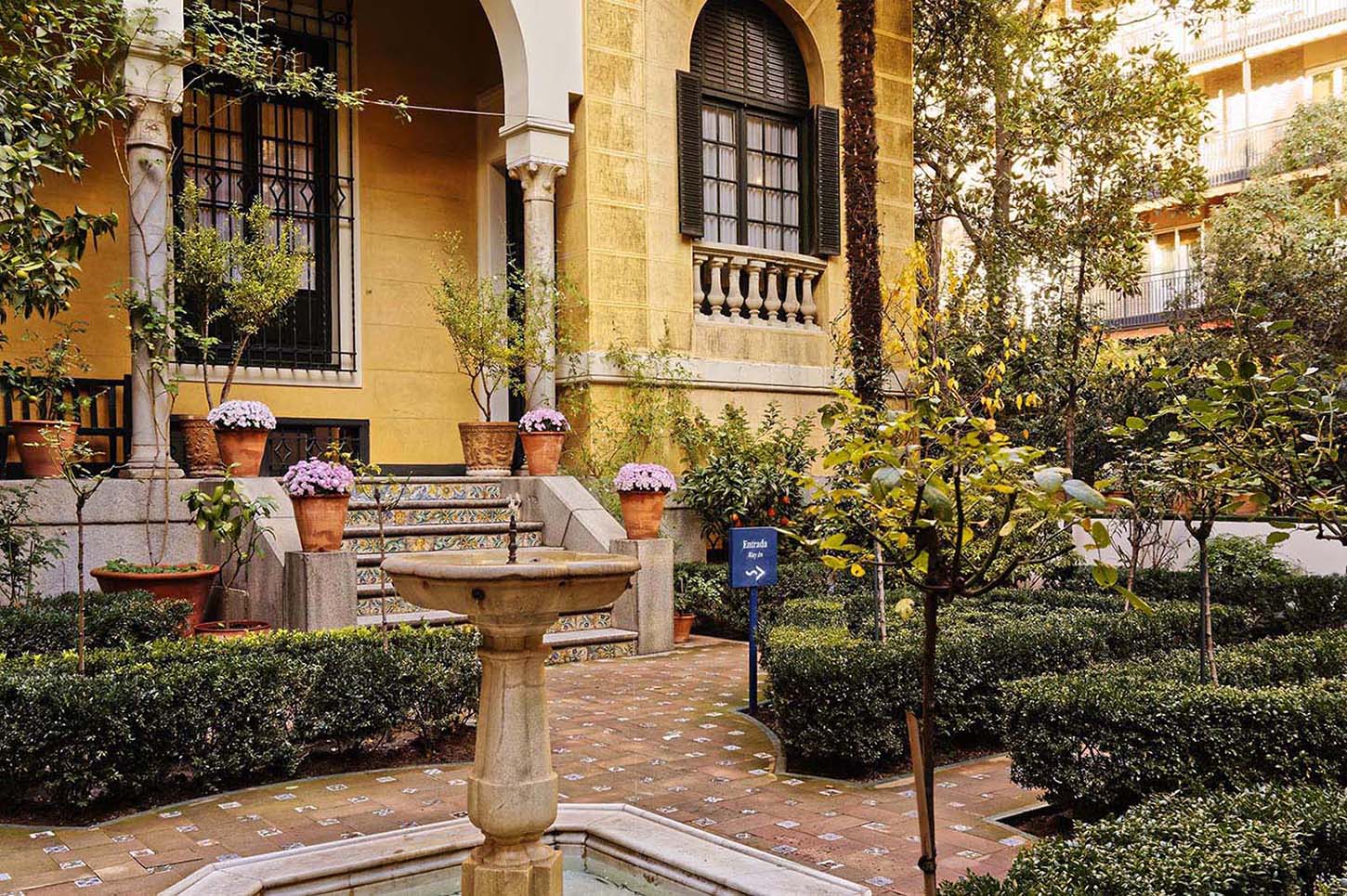7. Museo Arqueológico Nacional
If oil paintings aren’t doing it for you, shift gears at the Museo Arqueológico Nacional – one of the most overlooked and rewarding cultural stops in the city. For anyone fascinated by ancient civilizations, it’s easily one of the best things to do in Spain.
The museum traces Iberian history from prehistory through Roman, Visigothic, Islamic, and medieval Christian eras. The collection is enormous, but well-organized, with interactive displays and plenty of space to explore at your own pace.
The main draw is the Lady of Elche, a striking limestone bust from the 4th century BC. No one’s sure exactly who she is – goddess, priestess, noblewoman – but her detailed headdress and serene expression have made her a national icon.
You’ll also find perfectly preserved mosaics, Bronze Age tools, Greek vases, and Islamic calligraphy. Unlike the fine art museums, here you're looking at objects that were used, touched, worn – everyday artefacts that make the past feel real.
It’s a great option for Spain with kids – hands-on elements, wide-open galleries, and displays that are far more engaging than another hall of portraits. Plus, it’s right by the National Library and a short walk from Retiro Park, so you can turn it into a half-day cultural circuit without trekking across town.














